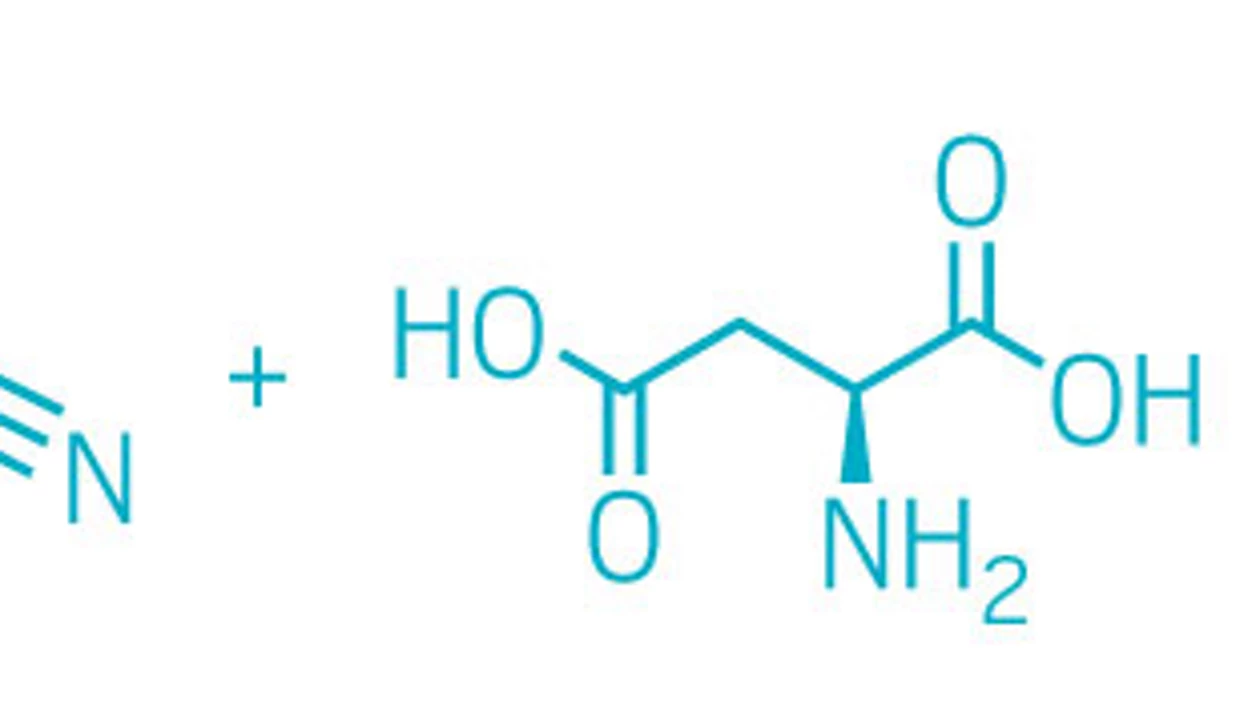Researchers at the University of California, Santa Barbara, unveiled a new modular way to combine three mix-and-matchable molecular pieces into new amino acid derivatives using an engineered enzyme and an organic photocatalyst (Science 2025, DOI: 10.1126/science.adx2935).
This isn’t the first three-component reaction to use an enzyme, but it is notable for providing easy access to new chemical space for unnatural amino acids that could potentially be valuable in medicinal chemistry. “We can have very diverse products,” says Yang Yang, who led the work.
The new work builds upon Yang’s previous work orchestrating two-component reactions using engineered pyridoxal phosphate (PLP)–dependent enzymes in tandem with a photocatalyst to stereoselectively modify amino acids.
Yang Yang’s engineered enzymes rely on pyridoxal phosphate (PLP) as a key component of the biocatalysis cycle.
This expanded version of the reaction brings together a boronate radical source, an unsaturated carbonyl or nitrile radical acceptor, and an amino acid (the researchers used mainly aspartic acid). It can generate six possible product types, most of them cyclic, depending on the structure of the radical acceptor piece and the reaction conditions.
The researchers demonstrated their method’s powers of stereochemical discernment with several experiments. For example, when they started with a mixture of four β-methyl aspartic acid stereoisomers, only one successfully underwent a reaction. They also used the reaction in what’s called a parallel kinetic resolution, in which each stereoisomer of a key intermediate makes a different product.
To test the method’s combinatorial potential, the researchers mixed and matched 10 boronates with 10 carbonyls and nitriles, half of which hadn’t been tried in initial studies of the reaction scope. They found that all but one of the 100 possible combinations showed some degree of reactivity with at least one of the four enzymes they tried. “This level of synthetic versatility is fairly rare in enzymatic reactions,” Yang says.
Biocatalysis researcher Xiongyi Huang of Johns Hopkins University, who was not involved in the work, says it “opens access to a whole new chemical space for nonnatural amino acids.” Robert Phillips of the University of Georgia, a specialist in PLP-dependent enzymes, says it is a “brilliant extension of [Yang’s] previous work.”
Yang and coworkers have filed a patent for the reaction. He says they are in talks with a couple of pharmaceutical companies about collaborating to use their enzymes for drug discovery. Meanwhile, the team is continuing to work on devising new complexity-generating biocatalytic reactions.
Chemical & Engineering News
ISSN 0009-2347
Copyright ©
2025 American Chemical Society
